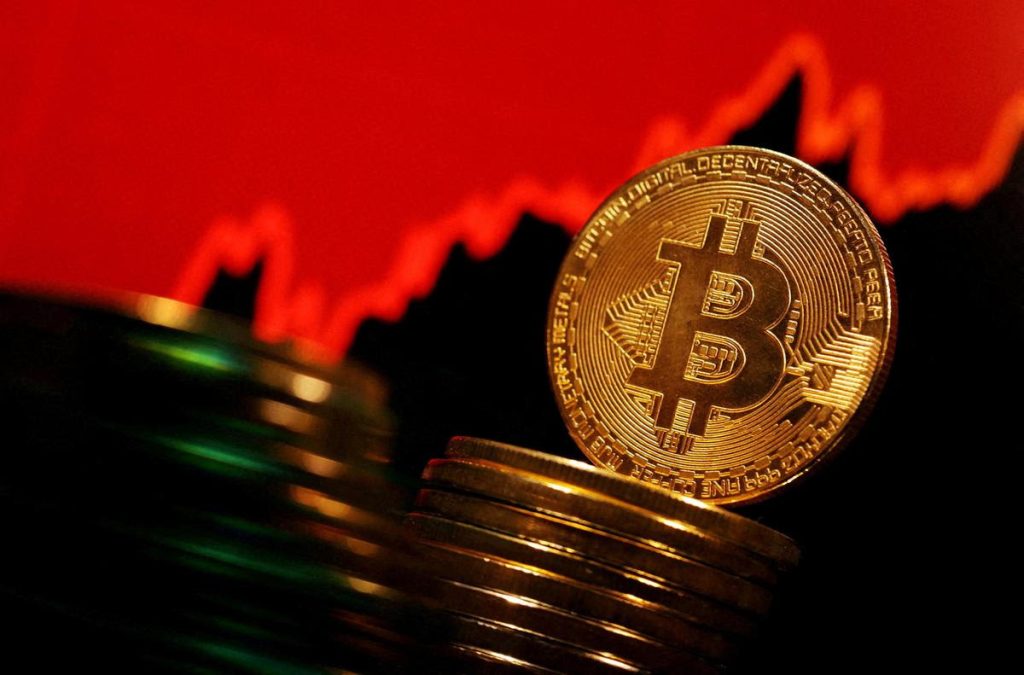WazirX Resumes Operations Amid Investor Concerns Over Locked Funds and Crypto Losses

After weeks of operational disruptions, Indian cryptocurrency exchange WazirX has resumed normal trading activities, restoring access to accounts and transaction services. However, the relaunch has been met with skepticism from a frustrated user base, as several investors continue to report locked assets, delayed withdrawals, and unaccounted losses. The episode has reignited debate over the reliability of domestic crypto exchanges and highlighted the need for stronger transparency and consumer safeguards in India’s evolving digital asset ecosystem.
A Fragile Comeback for India’s Crypto Exchange
WazirX, once India’s largest crypto trading platform by volume, has restarted its full suite of services after a prolonged suspension that left many investors unable to access their funds. The exchange’s announcement of restored operations was intended to signal stability, but users quickly took to social media platforms to express dissatisfaction over lingering technical and financial issues.
Several traders allege that their funds remain inaccessible, with wallet balances either frozen or inaccurately reflected. Others have reported significant discrepancies in portfolio values, prompting questions about data integrity and fund security. The lack of a detailed public audit or independent verification has further compounded investor anxiety.
This resumption, though symbolically important for the exchange, has not yet translated into renewed trust. The broader Indian crypto community remains cautious, especially given the market’s fragile regulatory status and the increasing scrutiny from enforcement agencies.
Investor Concerns Over Locked Assets and Transparency
For many users, the central concern is not merely delayed transactions but the opacity surrounding asset custody. Reports suggest that certain users’ crypto holdings—particularly in stablecoins and altcoins—remain locked, with the exchange citing “technical migration issues” following its backend system overhaul.
Industry observers argue that WazirX’s situation underscores a persistent structural weakness among crypto exchanges operating in emerging markets: an overreliance on centralized custody without clear disclosure of reserve management practices.
Financial analysts note that investor confidence, once eroded, takes far longer to rebuild than technical operations. “Liquidity restoration is mechanical,” said a market observer. “Transparency restoration is psychological.”
Despite repeated assurances from WazirX’s management that all funds remain secure, the absence of third-party audits or public reserve attestations continues to raise doubts. The exchange’s inability to provide a clear timeline for full fund recovery has only intensified user frustration.
Broader Implications for India’s Crypto Ecosystem
The WazirX episode arrives at a crucial moment for India’s digital asset market, which has faced regulatory uncertainty since the introduction of the 30% tax on crypto gains and 1% TDS on transactions. These measures have significantly reduced trading volumes across exchanges, forcing some platforms to downsize or migrate operations abroad.
Industry experts warn that incidents like this could push more Indian investors toward global exchanges, reducing domestic liquidity and innovation. “A loss of faith in local exchanges creates a vacuum that foreign platforms are eager to fill,” said a fintech analyst. “This not only weakens the domestic industry but also limits India’s regulatory leverage.”
At a macro level, the situation exposes the tension between India’s desire to regulate crypto responsibly and the reality of limited oversight mechanisms. The absence of a comprehensive crypto framework leaves exchanges operating in a legal gray zone, where investor protection is often dependent on voluntary disclosure and self-regulation.
The Path Forward: Rebuilding Trust Through Regulation
Experts argue that the long-term solution lies not just in operational recovery but in institutionalizing transparency through mandatory audits, segregated fund structures, and real-time reserve disclosures. If exchanges like WazirX can demonstrate adherence to best practices similar to those adopted by global peers, investor trust could gradually return.
Some also advocate for a self-regulatory organization (SRO) under the supervision of financial authorities to ensure consistent standards across exchanges. This could help prevent situations where users are left uncertain about the fate of their assets during technical or operational disruptions.
Meanwhile, the broader investor community continues to push for more stringent consumer protection laws and compensation mechanisms in cases of fund mismanagement.
Conclusion
WazirX’s return marks a cautious step forward for India’s crypto ecosystem, but the road to recovery remains steep. The resumption of services offers temporary relief, yet persistent doubts over locked funds, accounting discrepancies, and regulatory ambiguity continue to cloud investor sentiment.
For India’s crypto industry to mature, trust must evolve from claims to compliance. Without demonstrable transparency and stronger oversight, operational recoveries like WazirX’s may prove to be little more than short-lived reprieves in a market increasingly defined by skepticism and caution.




